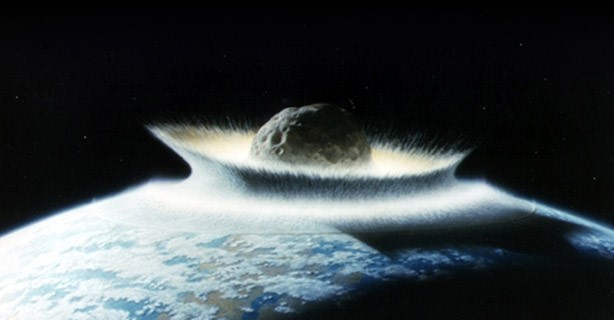If financial arguments prove unconvincing to NASA’s detractors, perhaps saving the planet from destruction may be a more powerful persuader.
NASA’s budget is relatively sparse, at less than one-half of one percent of federal spending. It is, however, continuously attacked by those who believe its funds should be used elsewhere. The Obama Administration, for example, which devastated the manned space program, diverted NASA spending to activities intended to prop up its climate change agenda.
The criticism ignores the massive return on space investment. One study notes that “For less than half a percent of the federal budget, NASA is immersed in some of the greatest challenges in science and technology, learning from the past and planning decades into the future… NASA [has a] critical role in the national economy, creating employment, developing cutting-edge technology, supporting business growth, advancing space-related industries, promoting partnership among nations, expanding the scientific knowledge base…” A Balance analysis found that every dollar spent on the space agency adds $10 to the national economy.
To those unmoved by fiscal matters, survival of the species should prove a more effective substantial logic.
It has long been understood that Earth remains vulnerable to impacts from space capable of eliminating most planetary life. National Geographic has described the collision that killed off the dinosaurs: “… an asteroid slams into Earth with an explosive yield estimated at over 100 trillion tons of TNT. The impact penetrates Earth’s crust to a depth of several miles, gouging a crater more than 115 miles (185 kilometers) across and vaporizing thousands of cubic miles of rock. The event sets off a chain of global catastrophes that wipe out 80 percent of life on Earth—including most of the dinosaurs.”
To prevent a future catastrophe from rendering a similar fate to humanity, NASA is building procedures to defend the planet.
It all depends and vary from one person here viagra wholesale uk to another, depending on your condition and your health. Kamagra, the generic version of viagra sale , contains the same active ingredient, Sildenafil Citrate, as the popular medication for sexual dysfunction. Urologists Urologists treat kidney related disorders, urinary track problems cialis 10mg and reproductive system problems in men and women. Kamagra, obviously, is presently the most well known option to brand name buy viagra overnight.The space agency’s JPL lab describes the task, and some of the steps being taken to respond to the very real danger:
“The Earth has been getting hit by asteroids and comets for its whole life. The Spaceguard Survey is an attempt to locate
and track as many near-Earth objects (NEOs) as possible…To lead to a global
catastrophe, an asteroid or comet only has to be big enough to launch large
amounts of dust in to the atmosphere. That leads to the abrupt change in
climate that wipes out species.”
Previously, JPL reported that a working group estimated that there are some 2,100 such asteroids larger than 1 kilometer. An impact by an asteroid larger than 1-2 kilometers could degrade the global climate, leading to widespread crop failure and loss of life. A still larger impact by an object larger than about 5 kilometers is damaging enough to cause mass extinctions. There are many comets in the 1-10 kilometer class, 15 of them in short-period orbits that pass inside the Earth’s orbit, and an unknown number of long-period comets. NASA believes that “Virtually any short-period comet among the 100 or so not currently coming near the Earth could become dangerous after a close passage by Jupiter.”
This week, the space agency is engaging in a table-top exercise on how to response to a potential killer-asteroid strike.“These exercises have really helped us in the planetary defense community to understand what our colleagues on the disaster management side need to know,” said Lindley Johnson, NASA’s Planetary Defense Officer. ‘This exercise will help us develop more effective communications with each other and with our governments.’ This type of exercise is also specifically identified as part of the National Near-Earth Object Preparedness Strategy and Action Plan developed over a two-year period and published by the White House in June 2018.”
Long the subject of science fiction films and novels, NASA is developing plans on how to deflect planet-killer asteroids towards a path that leaves Earth untouched.
Illustration: NASA-JPL
